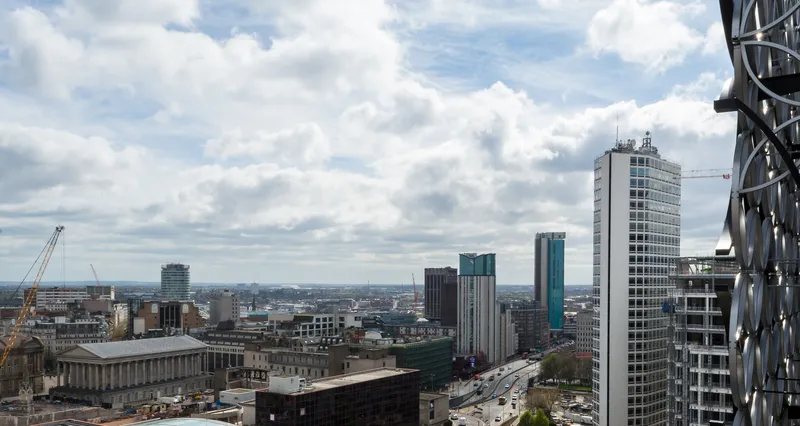
Energy company Ameresco has won a $4 million contract to convert street lights to LED technology across the US city of Medford in Oregon.
Medford’s transportation manager, Karl MacNair, says completing this upgrade through an Energy Savings Performance Contract (ESPC) will allow the city to fund the project with energy savings.
“LED fixtures not only consume less energy, but they last four times longer than our current high-pressure sodium lights,” he continues.
“The lighting conversion will save taxpayers money in energy costs and contribute to reducing the city’s carbon emissions.”
Ameresco says the project will impact approximately 8,000 light fixtures across the city, covering all city and utility-owned street lights as well as those at additional parking and car park locations.
The upgrade will provide improved lighting quality and colour rendering of Medford's roadways, the company adds.
Lou Maltezos, executive vice president at Ameresco, says: “The City of Medford has taken a substantial step that represents large-scale progress by upgrading their infrastructure using an ESPC, allowing the project to be paid for with energy savings.”
The project is expected to be completed in 2021.
Ameresco is not the only company setting out to improve the quality of street lighting.
In April, Telensa combined its Planet central management system with Yotta's Alloy platform to help users control groups of streetlights and other wirelessly connected sensors.










